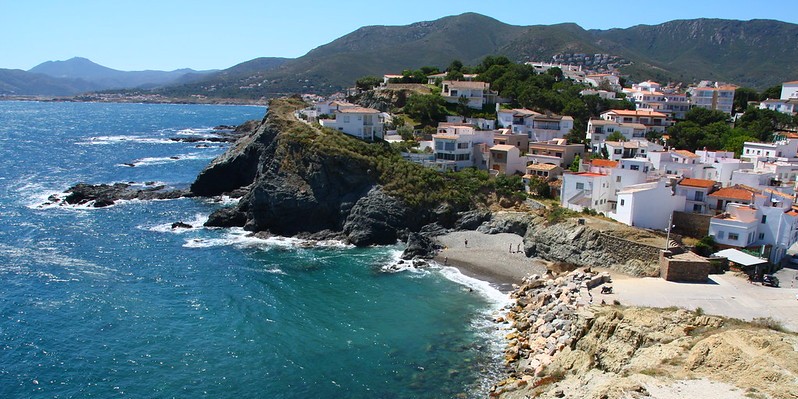
The Costa Brava, situated in the northeastern part of Spain along the Mediterranean coast, is known for its sandy beaches, rocky coves and traditional fishing villages. Living in Costa Blanca has become a popular decision for people seeking a pleasant climate and unspoiled scenery. The area stretches from the beach resort of Blanes, known as the Gateway to the Costa Brava, up to the French border.
Pros and cons of living in Costa Brava
When thinking about moving somewhere, especially a coastal destination, it’s always important to weigh the good and the bad aspects of starting a life there, before making any final decisions.
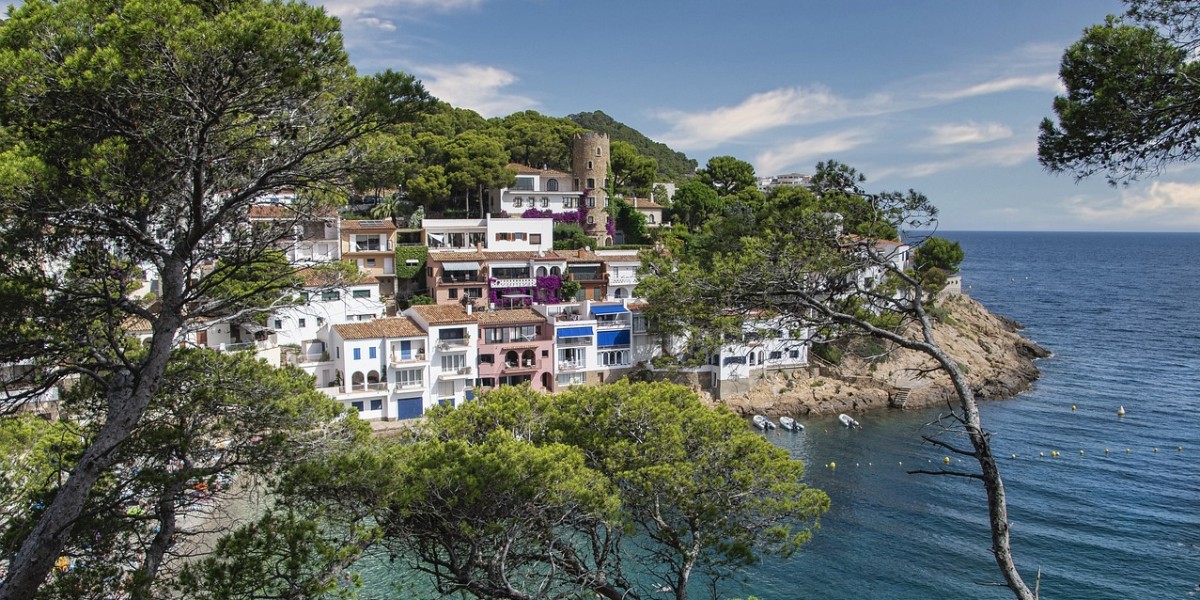
Some of the benefits of calling Costa Brava home are:
- Natural beauty on your doorstep: the region is renowned for its beautiful beaches and scenic landscapes, providing plenty of opportunities for outdoor activities.
- Colourful Spanish culture: with its historical sites and cultural festivals, Costa Brava offers a deep cultural experience for residents.
- A mild climate year-round: the Mediterranean climate ensures mild winters and warm summers, appealing to those escaping harsher weather.
However, like everywhere, there are drawbacks:
- Language barrier: while many locals speak English, language can still be a barrier in more rural areas.
- Tourism impact: during peak seasons, the influx of tourists can lead to overcrowding in popular areas.
Which is the nicest town in Costa Brava?

This stretch of the Mediterranean coastline is home to many fairytale-like towns that entice visitors yearly with their rustic coastal charm. Towns like Cadaqués, Salvador Dalí’s holiday retreat, and the historic Begur and Palafrugell, are popular destinations for those looking to relocate. Looking to move to another part of this rugged coastline? Explore more of the best places to live in Costa Brava.
Living in Blanes, Spain
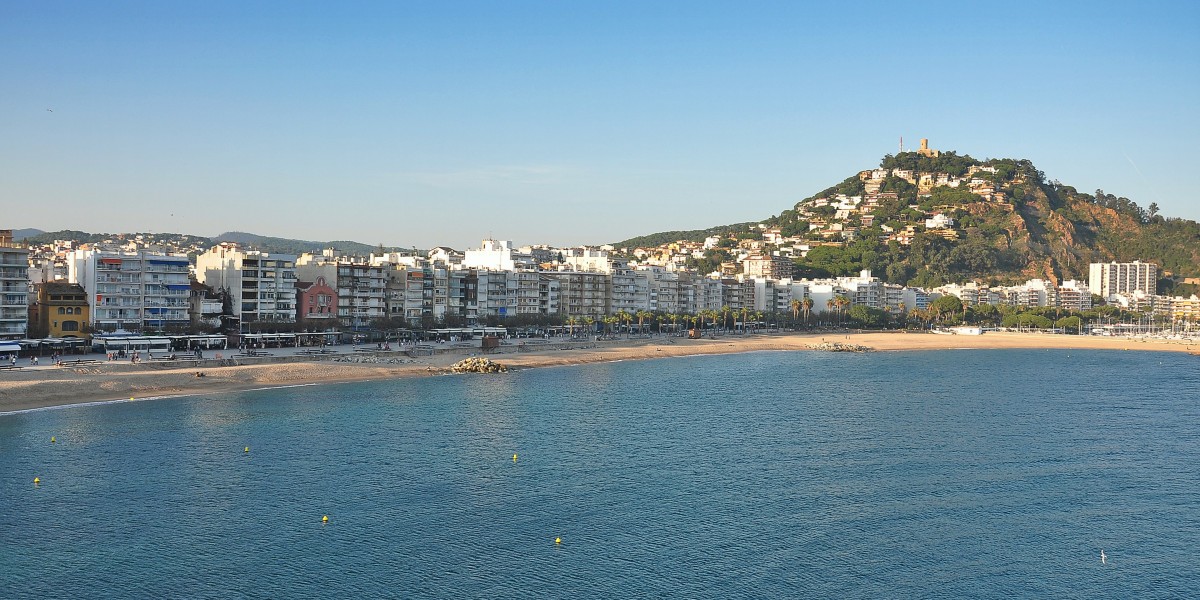
Just 25 minutes from Girona, Blanes offers an authentic Catalonian experience conveniently close to the big city. You’ll find daily farmers' markets with local produce and lively bars where you're likely to encounter more Catalan-speaking locals than expats. The long strip of beach is popular with locals, people from Barcelona and other Europeans, and there's a quieter cove on the northern end of the beach, by La Palomera rocky point.
Living in Tossa de Mar
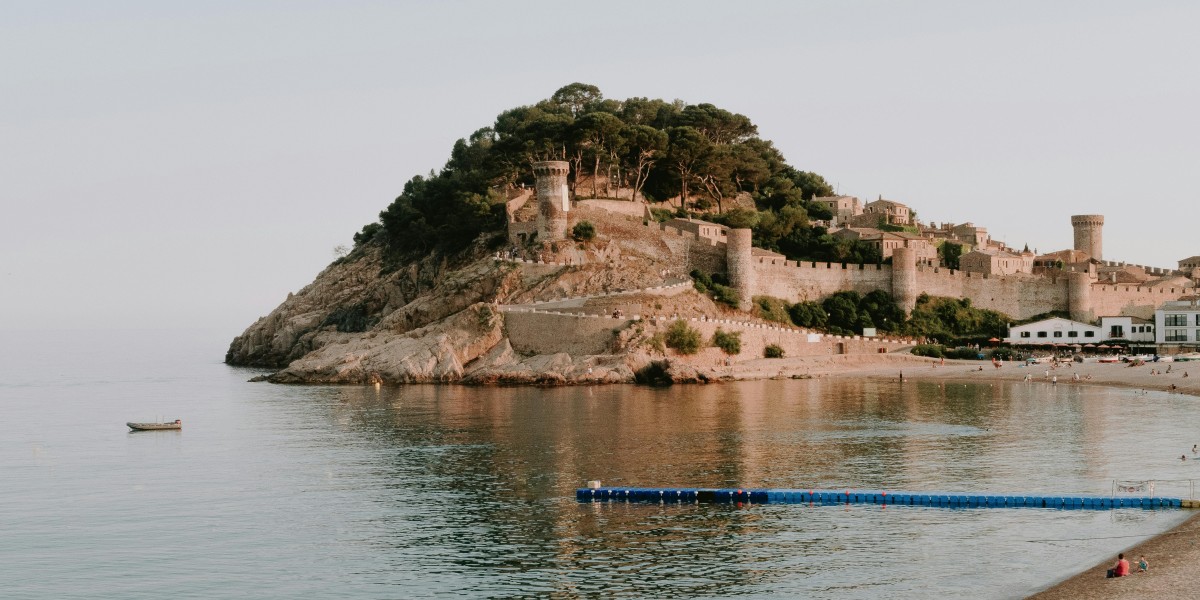
Narrow, cobbled streets, wild coves perfect for snorkelling, pine forests for hiking, and an ancient castle looking out to sea. This spot is a fantastic choice for outdoorsy types who love having unspoiled nature on their doorstep and getting swept up in a seafaring atmosphere.
Property for sale in Tossa de Mar
Long-term rentals in Tossa de Mar
Living in Lloret de Mar
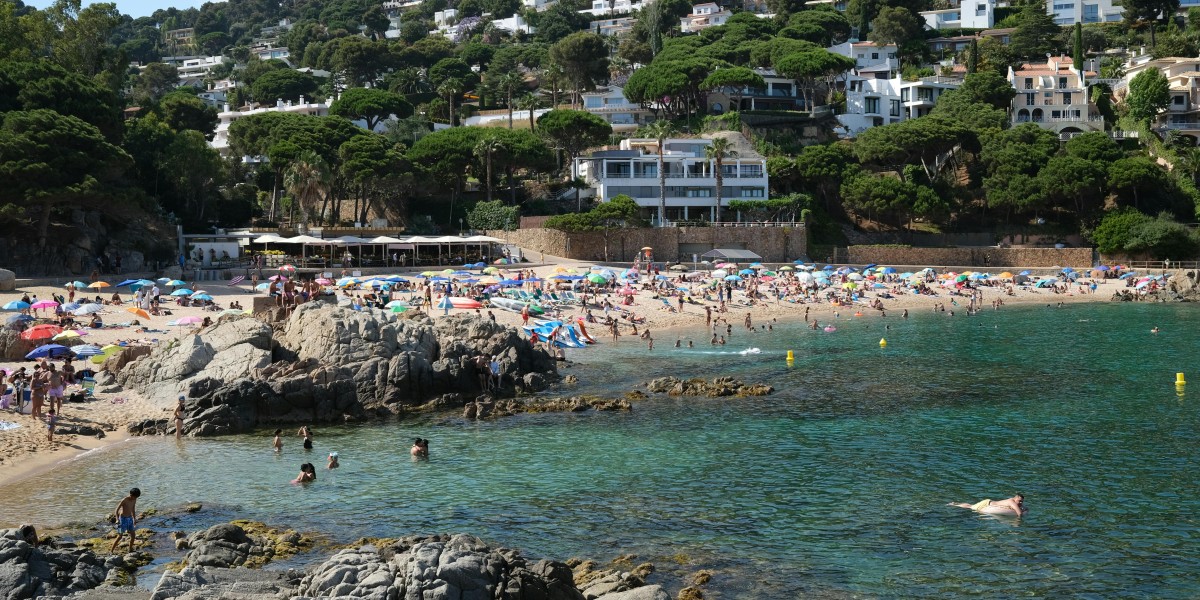
Lloret de Mar is known for its bustling nightlife and active tourism scene. Possibly one of the most popular expat towns in Costa Brava, it is conveniently located near both Barcelona and Girona Airport. You'll find the main going-out places along Avenida Just Marles Vilarrodonna, which is lined with cocktail bars, clubs and karaoke bars.
Property for sale in Lloret de Mar
Long-term rentals in Lloret de Mar
Living a bit inland from Costa Brava can lead to discovering quieter areas and places that are less frequented by seasonal tourists.
Living in Figueres
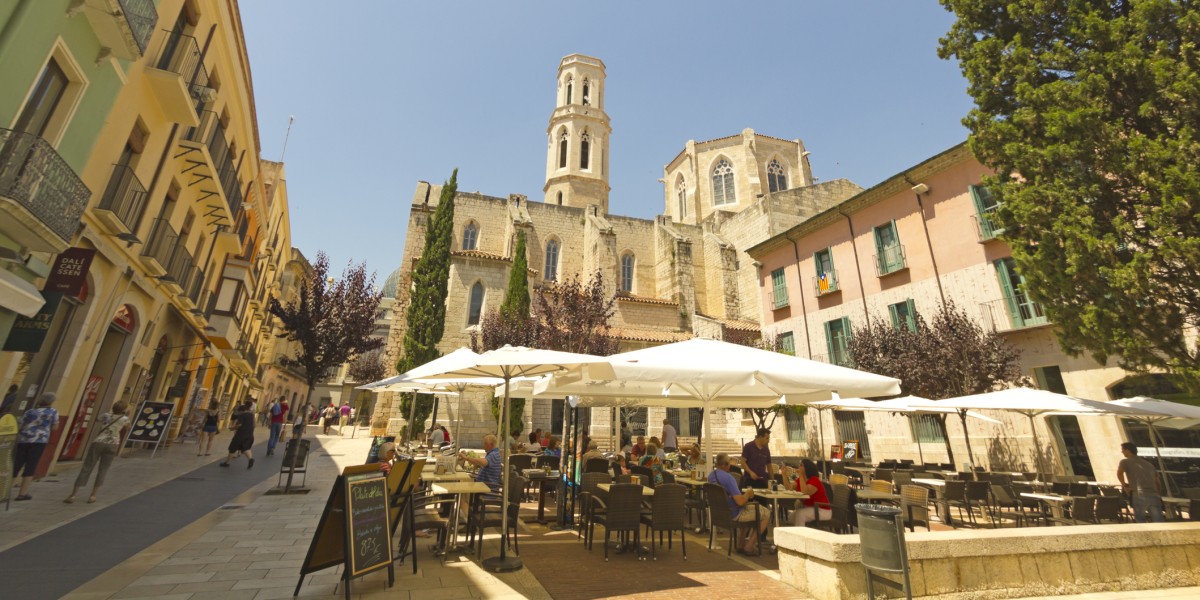
Although not directly on the Costa Brava, this pretty town is the birthplace of Salvador Dalí and home to the Dalí Theatre-Museum. It’s a great choice if you’re looking for a relaxed place to live inland while still having easy access to the Costa Brava beaches. The historic centre is dotted with authentic tapas restaurants and brunch bars.
Living in Girona
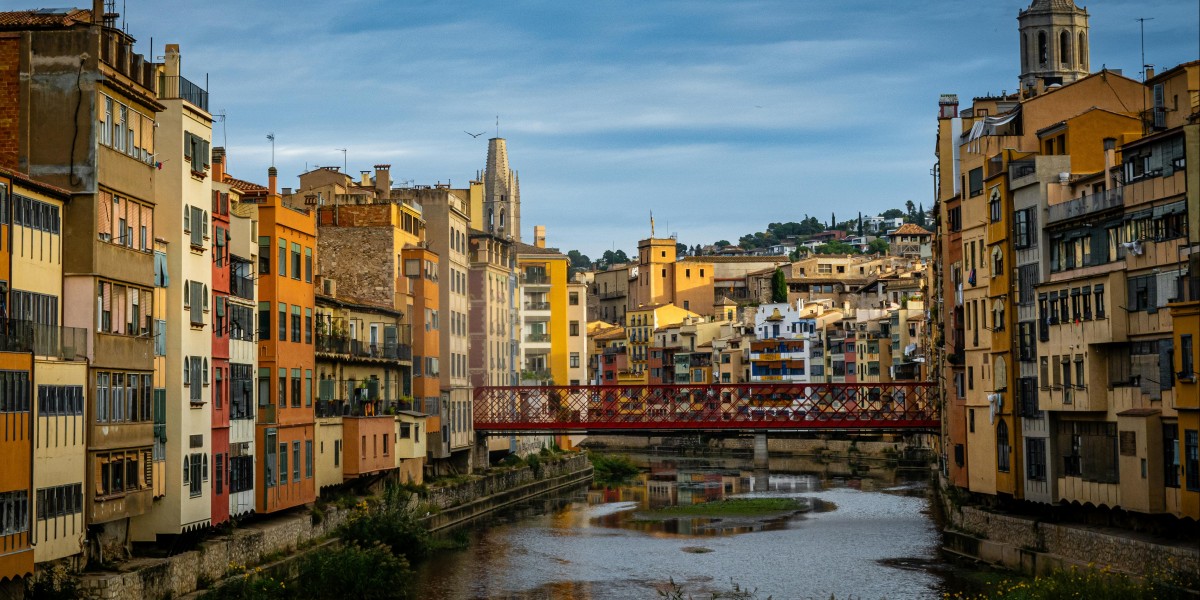
Situated just 40 minutes from the coast, this city is buzzing with activity and is home to several international schools. The best place to live in Girona is arguably the old town, however, some may prefer areas such as Montjuïc for its more suburban lifestyle where locals tend to live in large detached houses rather than apartments.
Is Costa Brava expensive to live?

A life in this idyllic coastal region is a nice dream to have, but it is important to take into account the cost of living in Costa Brava. In February 2025, the price of property ranges between €4,000 and €2,300 per m2, except in the most expensive place on the Costa Brava, Cadaqués, with property prices reaching €6,700 per m2. Port de la Selva, Begur, Castell-Platja d'Aro, Empuriabrava and Roses are also on the more expensive side, with prices exceeding €3,000 per m2.
However, areas located further south, such as Lloret de Mar, Sant Feliu de Guíxols and Blanes tend to have more affordable prices, closer to €2,500 per m2, with property prices in Blanes being some of the cheapest in Costa Brava.
A simple meal in a restaurant can cost around €15, while a mid-range restaurant meal can cost up to €30 or even more. Food and everyday expenses are typically reasonable, with many fresh produce and local markets available. However, prices can fluctuate during the tourist season and tend to be higher in the more populated areas.
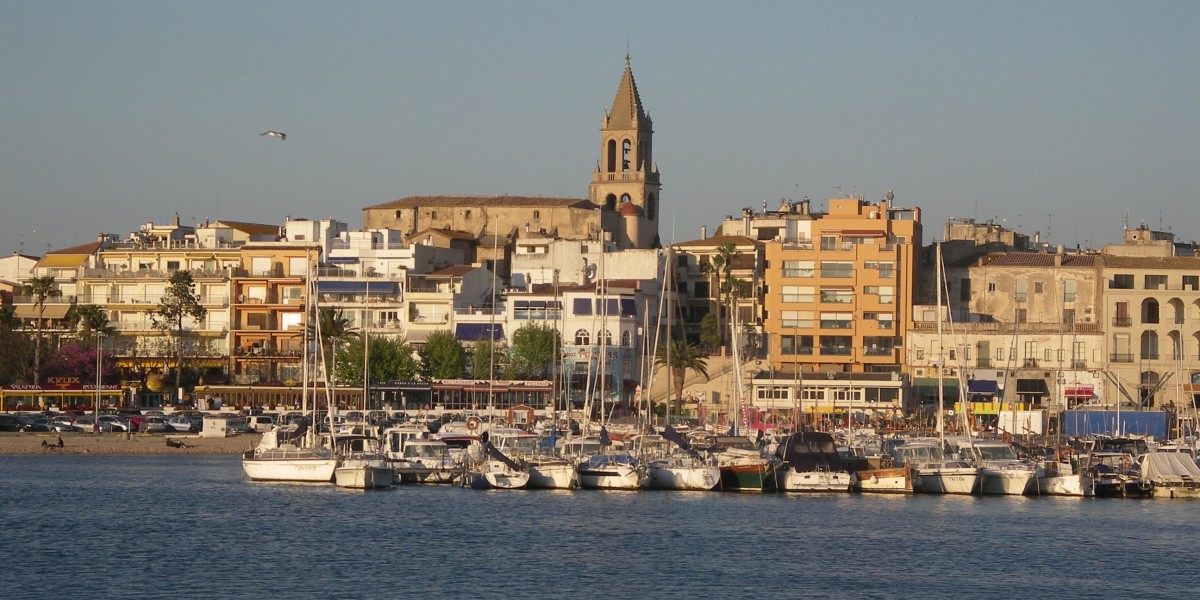
Costa Brava: nightlife and going out
Is Costa Brava a 'party town' as they say? The area offers a lively nightlife scene, particularly in Lloret de Mar, which is renowned for its buzzing bars, clubs, and beach parties.
While not all of Costa Brava is a party hub, there are plenty of options for those seeking evening entertainment. You’ll find plenty of restaurants, live music venues, and beachside spots for an evening out enjoying the mild seaside temperatures.
Is Costa Brava good for expats?
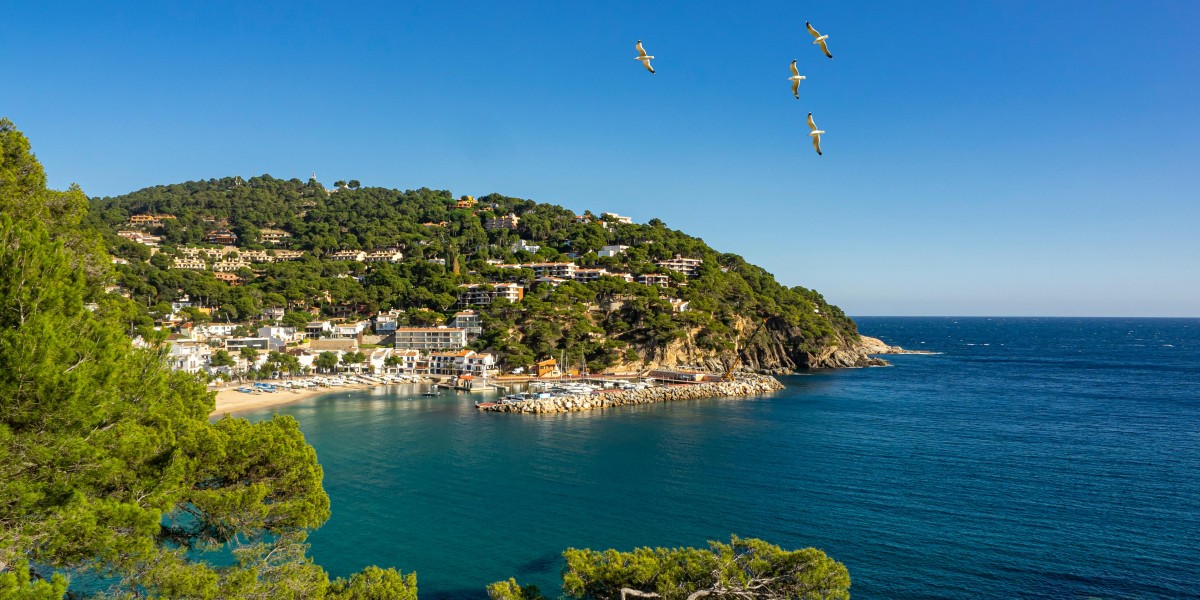
Costa Brava is an excellent choice for expats, offering numerous attractions such as a welcoming community and scenic, outdoor living. Families will find good educational facilities - including international schools - and safe neighbourhoods. Retirees can enjoy a relaxed lifestyle in a beautiful setting, in addition to quality healthcare. Costa Brava real estate is diverse, encompassing everything from modest coastal apartments in quaint fishing villages to grand villas that contribute to an emerging luxury sector in the area.
You may be looking to retire in Costa Brava, Spain, or perhaps start a new chapter with your family - the region provides an attractive combination of natural beauty and cultural richness that suits both.
Costa Brava vs. Costa del Sol
Both Costa Brava and Costa del Sol are popular coastal regions, yet they offer very different living experiences. Costa Brava is known for its rugged coastline and tranquil villages, while Costa del Sol boasts warmer winters and a more developed tourist infrastructure.
Culturally, Costa Brava has a strong Catalan influence, whereas Costa del Sol reflects Andalusian heritage. Property prices in both regions vary, but Costa del Sol tends to be slightly pricier, especially in luxury areas. Can’t decide between the two? Get a better idea of what it’s like living in Costa del Sol to weigh up your options.
